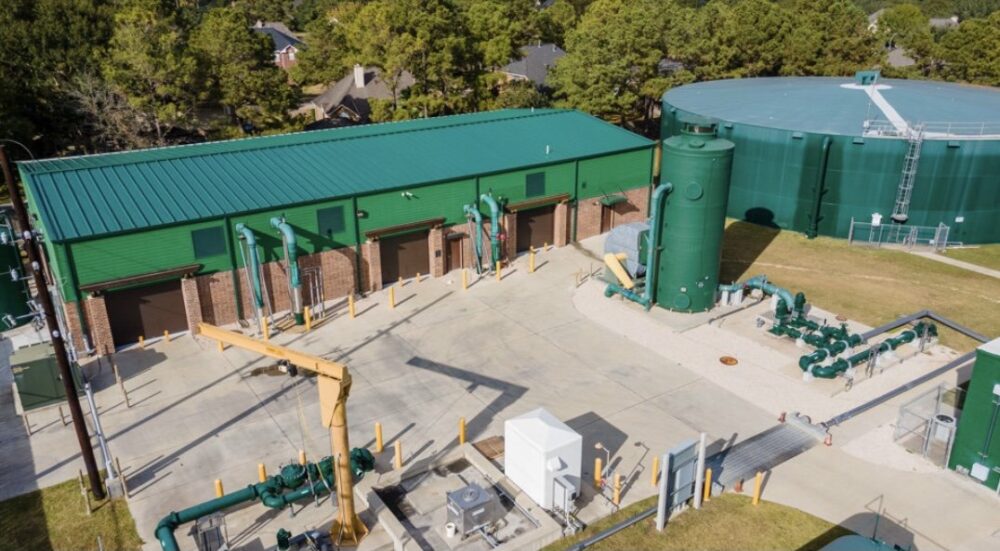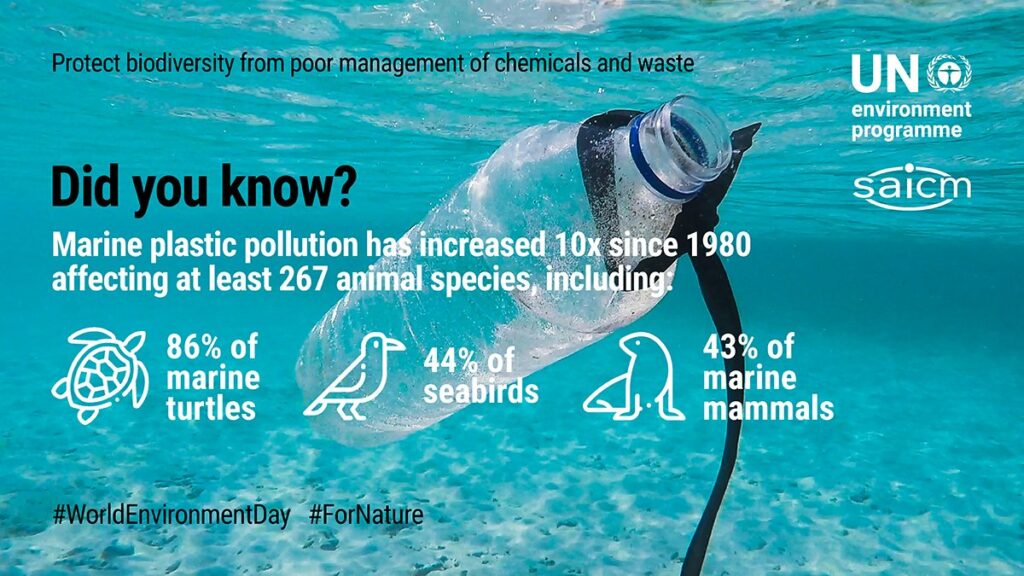
The Importance of Desalination in Achieving the Sustainable Development Goals

Introduction
Water is a vital resource that plays a crucial role in sustaining life on Earth. However, the majority of the planet’s water is undrinkable saltwater found in the oceans. Desalination, the process of removing salt from seawater to make it drinkable, offers a potential solution to address the global water scarcity issue. In this report, we will explore the importance of desalination in achieving the Sustainable Development Goals (SDGs) and discuss ongoing desalination projects in and around Greater Houston.
The Role of Desalination in Achieving the SDGs
- SDG 6: Clean Water and Sanitation
- SDG 13: Climate Action
- SDG 14: Life Below Water
Desalination plays a crucial role in achieving SDG 6, which aims to ensure availability and sustainable management of water and sanitation for all. By providing a source of clean, drinkable water, desalination plants contribute to improving access to safe drinking water, especially in areas facing water scarcity.
Desalination can also contribute to SDG 13, which focuses on taking urgent action to combat climate change and its impacts. As climate change leads to increased droughts and water shortages, desalination offers a reliable alternative water source that is not dependent on rainfall or freshwater reserves.
Desalination projects need to be implemented sustainably to minimize their impact on marine ecosystems and biodiversity. By adopting environmentally-friendly practices and technologies, desalination plants can contribute to SDG 14, which aims to conserve and sustainably use the oceans, seas, and marine resources.
Desalination Projects in Greater Houston
Communities in and around Greater Houston are actively exploring desalination as a potential solution to their water needs. One such example is the city of Corpus Christi, which plans to develop the state’s first seawater desalination project by 2028. Despite some skepticism from residents, this project aligns with the SDGs by promoting clean water access and sustainable water management.
Insights from Industry Experts
To gain a deeper understanding of desalination and its implications, Houston Matters producer Joshua Zinn interviewed industry experts:
Drew Molly, COO of Corpus Christi Water
Molly explains how the seawater desalination project in Corpus Christi would work and its potential impact on water availability in the region.
Bill Norris, Principal Engineer at NorrisLeal
Norris provides insights into the difference between fresh water and brackish water and shares his experience in assembling the G. Tim Lawrence Desalination Plant in Katy’s Cinco Ranch neighborhood.
Alex Ortiz, Water Resources Chair for the Lone Star Chapter of the Sierra Club
Ortiz discusses potential concerns surrounding the development of desalination plants and their environmental impacts, emphasizing the importance of sustainable practices.
Conclusion
Desalination has the potential to address water scarcity and contribute to the achievement of the SDGs. By investing in sustainable desalination projects and adopting environmentally-friendly practices, communities can ensure access to clean water while minimizing their impact on the environment. Continued research and innovation in desalination technologies will be crucial in meeting the water needs of future generations.
SDGs, Targets, and Indicators
-
SDG 6: Clean Water and Sanitation
- Target 6.3: By 2030, improve water quality by reducing pollution, eliminating dumping and minimizing release of hazardous chemicals and materials, halving the proportion of untreated wastewater, and increasing recycling and safe reuse globally.
- Indicator 6.3.1: Proportion of wastewater safely treated.
-
SDG 9: Industry, Innovation, and Infrastructure
- Target 9.1: Develop quality, reliable, sustainable, and resilient infrastructure, including regional and transborder infrastructure, to support economic development and human well-being, with a focus on affordable and equitable access for all.
- Indicator 9.1.1: Proportion of the rural population who live within 2 km of an all-season road.
Analysis
The article discusses the process of desalination, which is relevant to the issue of clean water and sanitation (SDG 6). Desalination involves filtering out salt from undrinkable seawater to make it drinkable. This process contributes to improving water quality by providing a new source of clean water.
Specifically, the article mentions Corpus Christi’s plan to develop a seawater desalination project (target 6.3) with the goal of having an operating plant by 2028. The project aims to reduce pollution and increase safe reuse of water resources.
The article also touches on the infrastructure aspect of desalination, which relates to SDG 9. Developing desalination plants requires the construction of reliable and sustainable infrastructure to support economic development and human well-being. The G. Tim Lawrence Desalination Plant in Katy’s Cinco Ranch neighborhood is an example of such infrastructure.
As for indicators, the article mentions the proportion of wastewater safely treated (indicator 6.3.1). This indicator measures the progress in treating wastewater to ensure it is safe for reuse or disposal. It is relevant to the target of improving water quality through the reduction of untreated wastewater.
SDGs, Targets, and Indicators
| SDGs | Targets | Indicators |
|---|---|---|
| SDG 6: Clean Water and Sanitation | Target 6.3: By 2030, improve water quality by reducing pollution, eliminating dumping and minimizing release of hazardous chemicals and materials, halving the proportion of untreated wastewater, and increasing recycling and safe reuse globally. | Indicator 6.3.1: Proportion of wastewater safely treated. |
| SDG 9: Industry, Innovation, and Infrastructure | Target 9.1: Develop quality, reliable, sustainable, and resilient infrastructure, including regional and transborder infrastructure, to support economic development and human well-being, with a focus on affordable and equitable access for all. | Indicator 9.1.1: Proportion of the rural population who live within 2 km of an all-season road. |
Copyright: Dive into this article, curated with care by SDG Investors Inc. Our advanced AI technology searches through vast amounts of data to spotlight how we are all moving forward with the Sustainable Development Goals. While we own the rights to this content, we invite you to share it to help spread knowledge and spark action on the SDGs.
Fuente: houstonpublicmedia.org

Join us, as fellow seekers of change, on a transformative journey at https://sdgtalks.ai/welcome, where you can become a member and actively contribute to shaping a brighter future.






